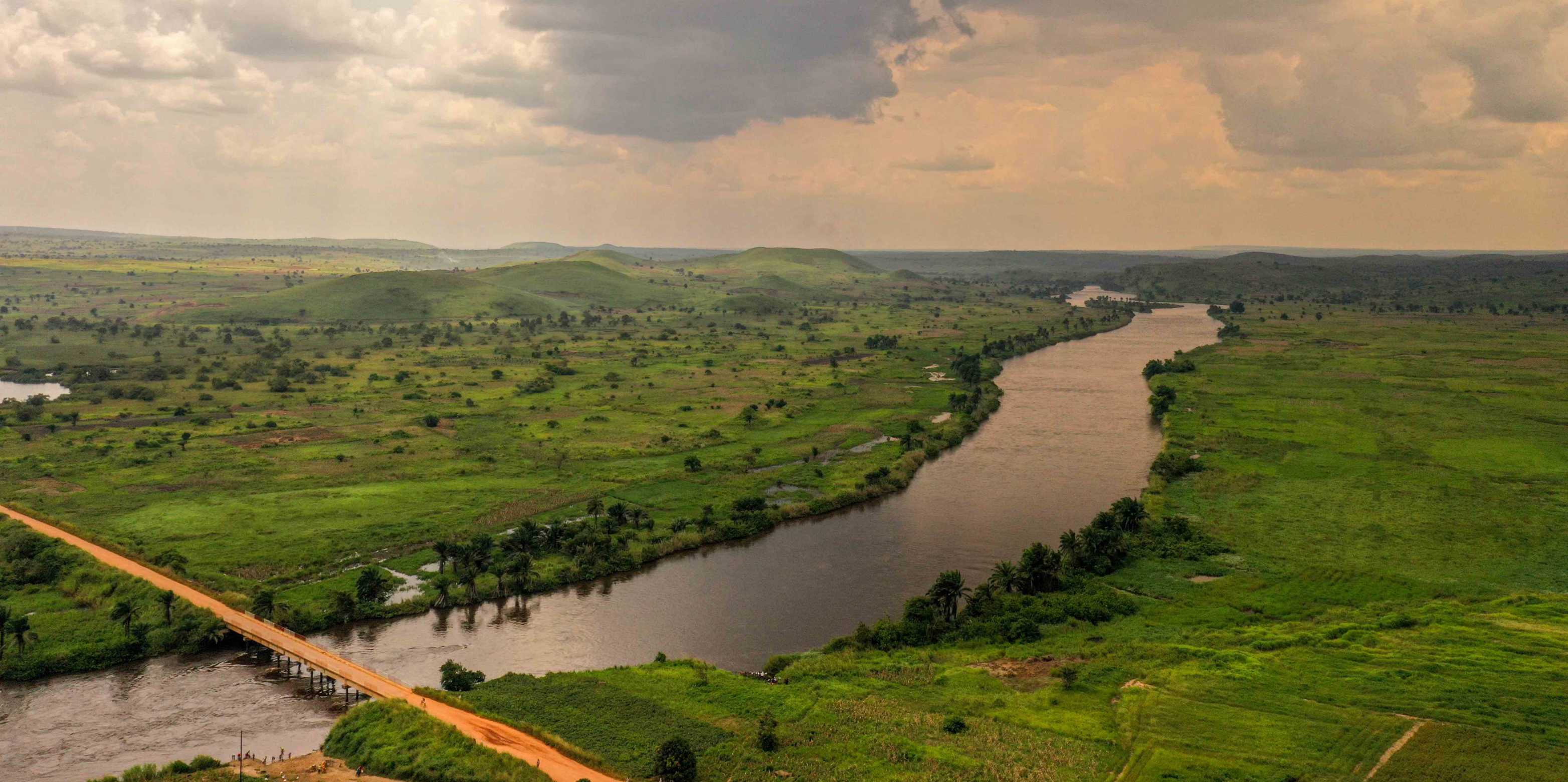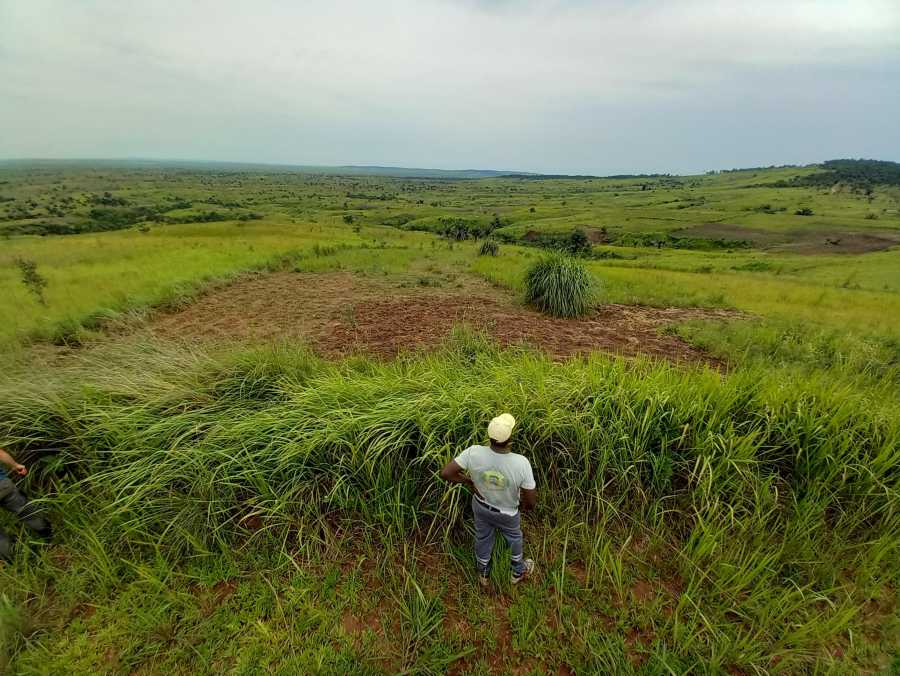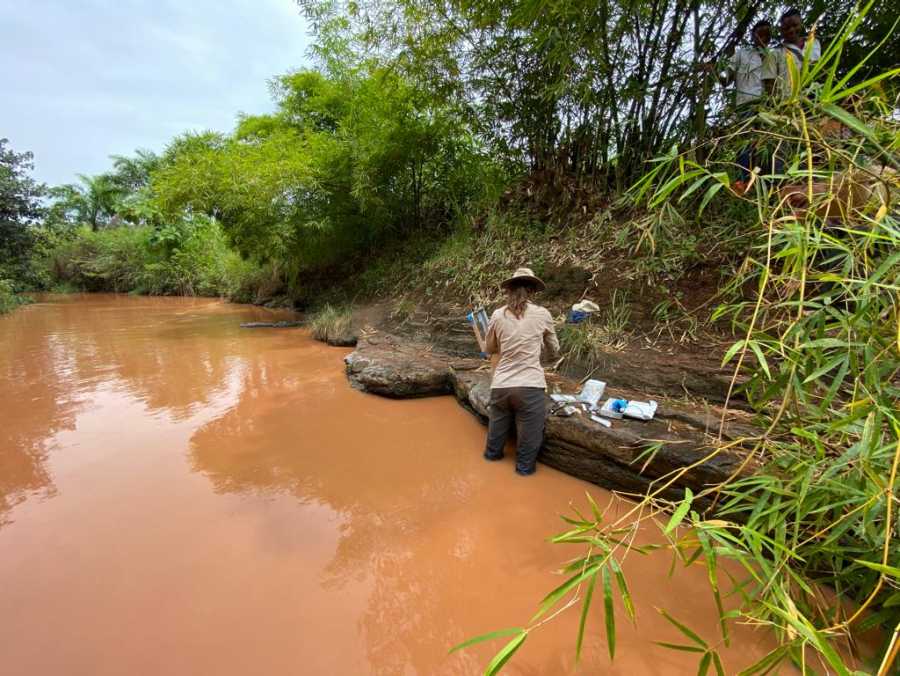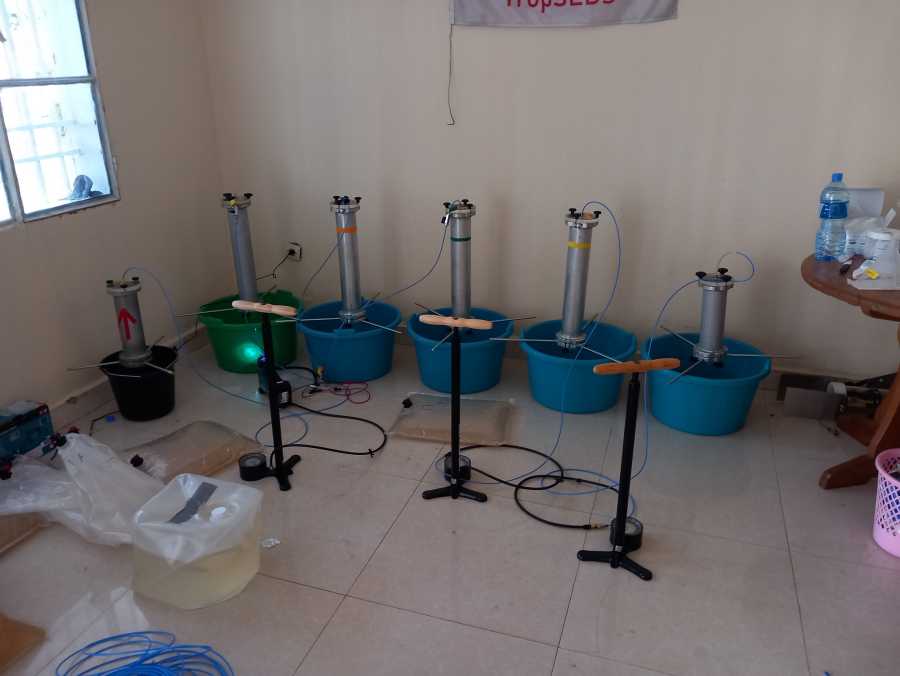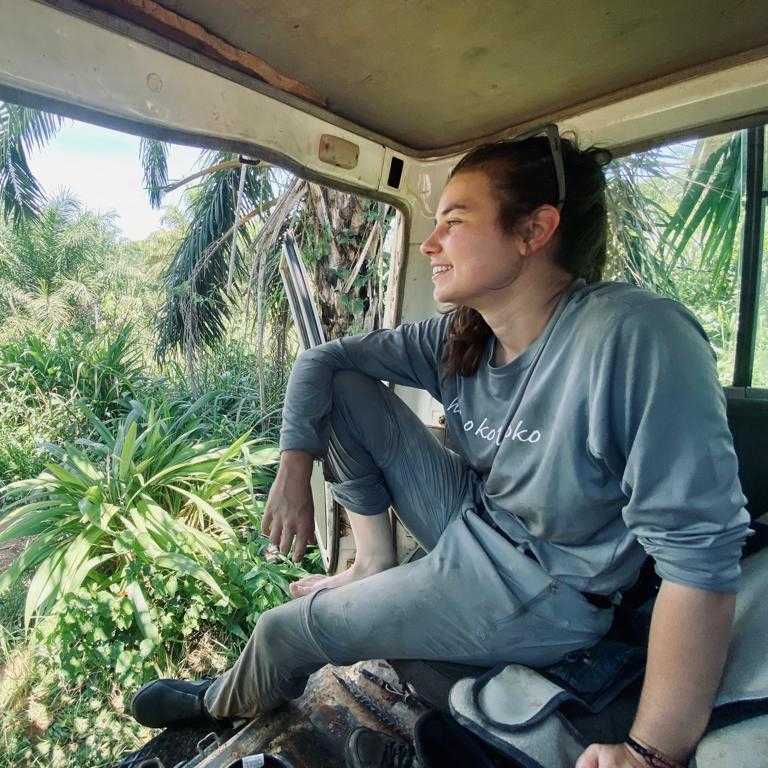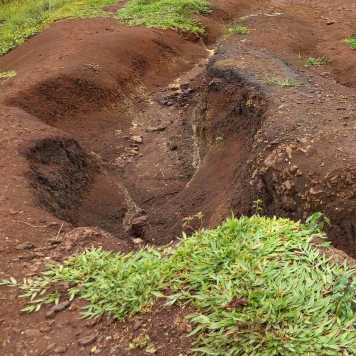Soils are an important reservoir of carbon; stocks of carbon build up over time via the weathering of rocks, biological activity in the soil, and plant decomposition. Over long periods of time, soils can contain high quantities of carbon that again can be released via erosional processes1-6. This release may cause carbon sinks to change into sources. One way to study erosion is to measure the release of particulate and dissolved materials from the land into river networks. Both climate and land-use change can increase soil erosion and lead to observable changes in these particulate and dissolved materials mobilized into rivers. Tropical regions may be considered frontiers of land-use change due to high population growth, increasing dependencies on shifting cultivations and climate change7–9.
An international research team is now looking to unravel this erosional transfer of carbon from source to sink in the Kasaï Basin. This basin is the largest tributary to the mighty Congo River and contributes high sediment loads compared to other rivers. Consisting of a large gradient in land-use, precipitation, and mineralogy, this river basin provides the ideal environment to test how each gradient controls tropical soil erosion.
This project focusing on the Kasaï Basin is called TropSEDs (Tropical Soil Erosion Dynamics). The research team brings together different expertise from researchers from the Environmental Systems Science Department (Johan Six, Professor of Sustainable Agroecosystems) and the Earth Science Department of ETH Zurich (Jordon Hemingway, Professor of Surface Earth Evolution) with researchers from UC Louvain Belgium, the Congo Atomic Energy Commission, and the Woods Hole Research Centre.
On a recent sampling trip along the Kasaï, the research team was comprised of four individual investigative groups responsible for upland soils, floodplains, lakes, and rivers. Each group covered locations along the entire basin to carefully collect representative samples.
For example, ETH Zurich doctoral student Lissie de Groot focused on river samples. Rivers are an excellent source to capture the carbon signature of a biome. Like arteries, they integrate processes and transport material over large distances, distilling them into a convenient, single location. Erosion can vary depended on the spatial location and season. The wet season brings higher erosion due to more intense and higher frequency of precipitation. To understand the quantity, source, and fate of these eroded materials, Lissie and colleagues relied on many different techniques ranging from radiocarbon dating to analysing specific compounds in trace materials.
